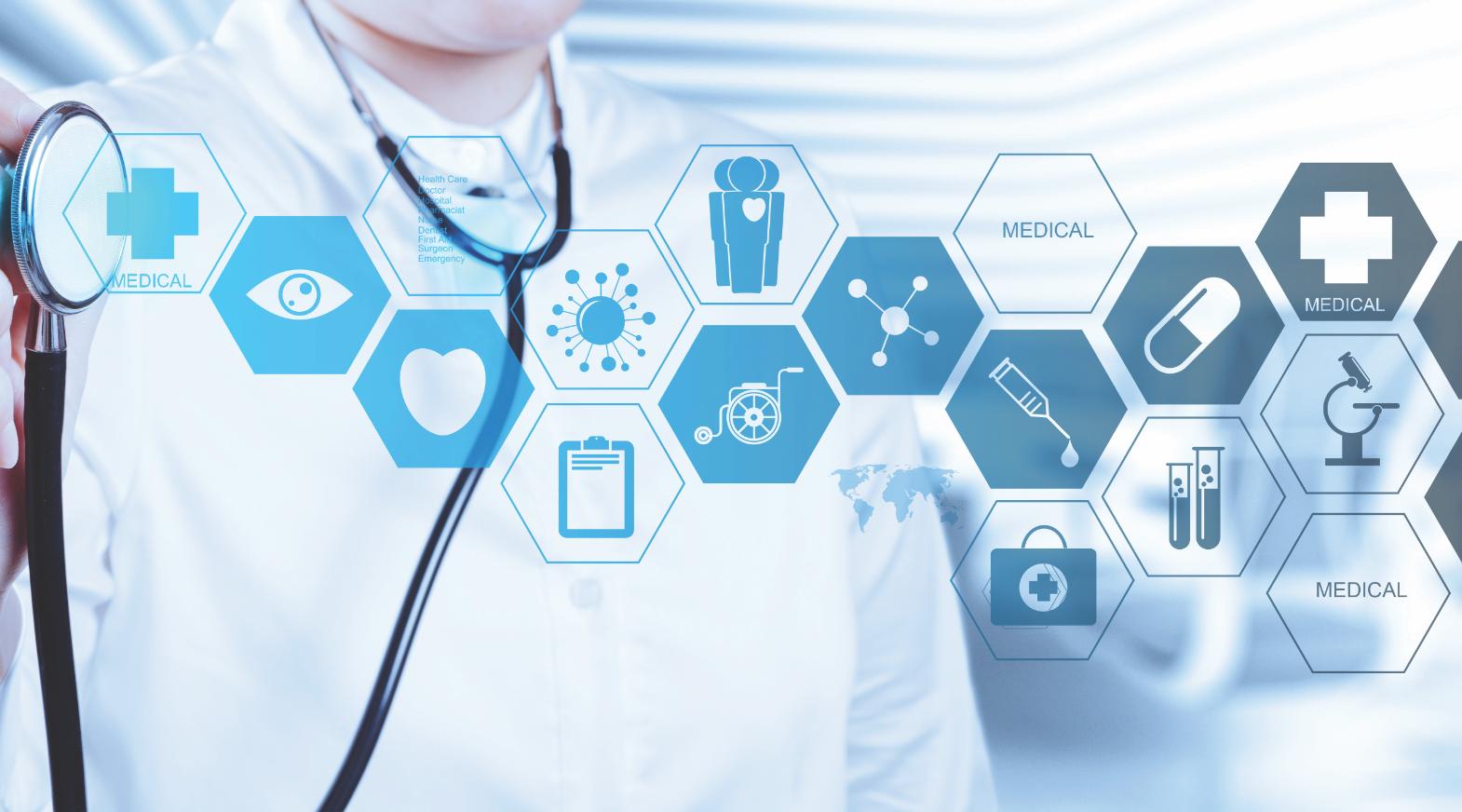They broke the atom's heart
-
- from Shaastra :: vol 03 issue 03 :: Apr 2024

John Cockcroft and Ernest Walton devised the original particle accelerator.
In April 1932, two young scientists working at Cambridge University created history. John Cockcroft and Ernest Walton were studying under Ernest Rutherford, the head of the Cavendish Laboratory. Rutherford had already proven the existence of the nucleus. He noticed that nitrogen atoms spit out protons when shot at with alpha particles, a type of radiation from natural sources like uranium. However, for the positively charged alpha particles to overcome the repulsion exerted by the positively charged nucleus and break it open, he needed a machine that would generate exceptionally powerful artificial streams of alpha particles or protons.
Cockcroft and Walton took on this challenge. They scrounged for spare parts and set out to build a device that would produce a million volts of electricity, giving the projectiles enough energy to penetrate the nucleus's force field. Their cascade of circuits could convert alternating current to direct current, and step it up to 800,000 volts! They then used this voltage to accelerate a proton beam through an 8-foot-long glass tube.
The two initially took it slow, having fun building their "toy". But soon, pressure mounted. In the U.S., physicist Ernest Lawrence was on track to build a circular accelerator, the world's first cyclotron. Rutherford urged his understudies to get a move on.
Their work sped up when Soviet physicist George Gamow visited the Cavendish Laboratory in 1928. Gamow pointed out that a tiny particle could theoretically slip through the nucleus's energy barrier, due to a phenomenon called quantum tunnelling. This meant they didn't need a million volts; much lower energy might be enough.


ANNUS MIRABILIS
For "Rutherford's boys" at the Cavendish Laboratory, 1932 was truly a year of miracles. In February, James Chadwick announced the discovery of the neutron. In April, Cockcroft and Walton split the atom. A few months later, Patrick Blackett and Giuseppe Occhialini confirmed the presence of the positron. The three back-to-back accomplishments set the stage for the future of nuclear physics.
On April 14, 1932, Walton placed a layer of lithium inside the apparatus and crawled underneath it into a small observation chamber made from a tea chest. When he fired a proton beam at the lithium, starting at 125,000 volts and cranking it up to 400,000 volts, a zinc sulphide screen nearby lit up with scintillations that looked like twinkling stars. These signalled the presence of alpha particles produced by the breaking apart of the lithium nucleus. Cockcroft and Rutherford confirmed the findings. They had done it: they had artificially split an atom for the first time. The age of particle accelerators had dawned (go.nature.com/3v3GU4H).
Cockcroft and Walton's experiment also validated Einstein's famous mass-energy equivalence (E=mc2). The energy of the released alpha particles was greater than that of the protons and lithium atoms; the difference seemed to match the mass the lithium atoms lost.
NUCLEAR FRIENDS
When APSARA, Asia's first nuclear reactor, was commissioned in 1956, its load of enriched uranium was supplied entirely by the U.K. A key factor that sealed the deal was Cockcroft's friendship with Homi J. Bhabha (pictured), his colleague at Cambridge.

HOMI BHABHA FELLOWSHIPS
After Bhabha's death, Cockcroft said, “Human progress has always depended on the achievements of a few individuals of outstanding ability and creativeness. Homi Bhabha was one of these."
In the following years, they used the same method to split open other atoms. Their work threw open the gates for many ground-breaking discoveries, including nuclear fission. The Cockcroft-Walton generator, as it came to be called, became a core component of future particle accelerators. The duo also received the Nobel Prize, albeit 19 years later.
Cockcroft would go on to help set up several particle accelerator facilities, including CERN, which turned 70 this year. Its workhorse, the Large Hadron Collider, has helped unravel some of the universe's greatest mysteries. Some of these may perhaps still remain unsolved if Cockcroft and Walton had not broken the atom's heart.
Ranjini Raghunath is a Bengaluru-based science writer and editor.
Have a
story idea?
Tell us.
Do you have a recent research paper or an idea for a science/technology-themed article that you'd like to tell us about?
GET IN TOUCH














